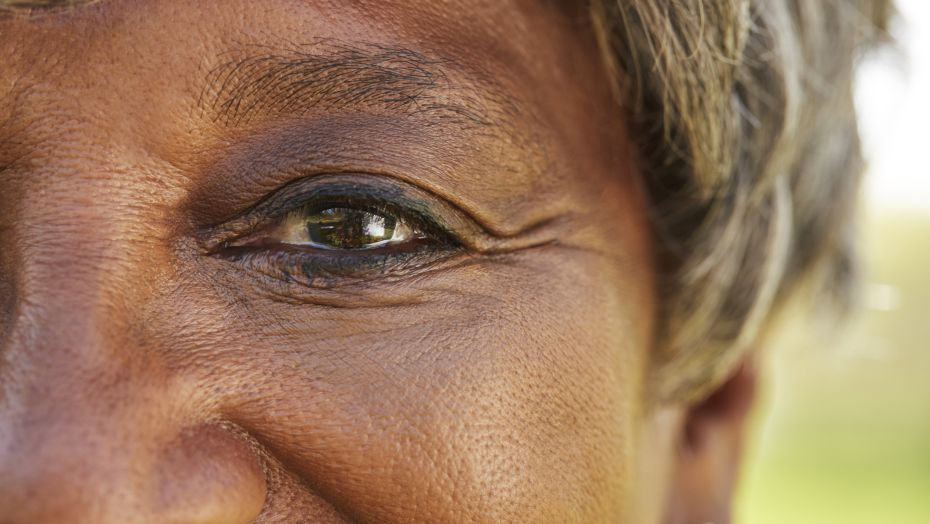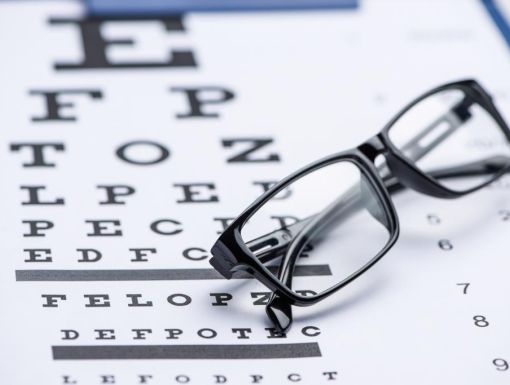
Experiencing Vision Loss? Here Are the 4 Main Causes of Blindness
It’s no secret that as we age, our vision can weaken, prompting many of us to take corrective measures such as wearing glasses, using prescription eye drops or even having surgery. But some eye disorders often lead to blindness if not treated.
More than 4.2 million Americans aged 40-years and older are either legally blind or experience impaired vision. There are four main causes of blindness: glaucoma, cataracts, age-related macular degeneration and diabetic retinopathy. Read on to learn more about these conditions and how they cause vision loss.
Glaucoma
Glaucoma is a group of diseases that can damage the eye’s optic nerve and result in vision loss and blindness. Glaucoma occurs when the normal fluid pressure inside the eyes slowly rises. With early treatment, you can often protect your eyes against serious vision loss. There are two main categories of glaucoma: open-angle and closed-angle.
Open-angle glaucoma is a chronic condition that progresses slowly over a long period of time without the person noticing vision loss until the disease is very advanced. That’s why it is often referred to as “thief of sight.”
Closed-angle glaucoma can appear suddenly and is painful. Visual loss can progress quickly, but the pain and discomfort often lead patients to seek medical attention before permanent damage occurs. Most cases of glaucoma can be controlled, and vision loss slowed by a timely diagnosis and treatment. However, any vision lost to glaucoma cannot be restored.
Cataracts
A cataract is a cloudy area in the lens of your eye. Cataracts are very common as you get older. More than half of all Americans aged 80-years and older either have cataracts or have had surgery to get rid of them.
You might not have any symptoms at first, but as cataracts grow, they can cause damage in your vision. For example, you may notice that:
- Your vision is cloudy or blurry
- Colors look faded
- You can’t see well at night
- Lamps, sunlight or headlights seem too bright
- You see a halo around lights
- You see double (this sometimes goes away as the cataracts get bigger)
- You have trouble reading or doing other everyday activities
Age-related macular degeneration
Age-related macular degeneration (AMD) is a condition that primarily affects the part of the retina responsible for sharp, central vision. Central vision is needed for seeing objects clearly and for common daily tasks.
While this disease doesn’t cause complete blindness, it does make it difficult to see faces, read, drive or do close-up activities such as cooking. There are two forms of age-related macular degeneration: wet and dry.
Wet AMD is when abnormal blood vessels behind the retina start to grow under the macula (the central area of the retina), ultimately leading to blood and fluid leakage. Bleeding, leaking and scarring from these blood vessels cause damage and lead to rapid central vision loss. An early symptom of wet AMD is the look of straight lines appearing wavy.
Dry AMD is when the macula thins over time as part of the aging process, gradually blurring central vision. The dry form is more common and accounts for more than 70% of cases. It progresses more slowly that the wet form. Over time, as less of the macula functions, central vision is gradually lost. Dry AMD generally affects both eyes.
The symptoms of age-related macular degeneration depend on the stage. Dry AMD happens in three stages: early, intermediate and late. AMD is a progressive disease, meaning symptoms usually get worse over time.
- Early, dry AMD doesn’t cause any symptoms.
- In intermediate dry AMD, some people still have no symptoms. Others may notice mild symptoms like blurriness in their central vision or trouble seeing in low light.
- In late AMD (wet or dry type), many people notice that straight lines start to look wavy or crooked. You may also notice a blurry area near the center of your vision. Over time, this blurry area may get bigger, or you may see blank spots.
Diabetic Retinopathy
Diabetic retinopathy is a common complication of diabetes, and is the leading cause of blindness in American adults. It is characterized by progressive damage to the blood vessels of the retina, and typically affects both eyes.
Diabetic retinopathy progresses through four stages: mild nonproliferative, moderate nonproliferative (blockage in some retinal vessels), severe nonproliferative (more vessels are blocked) and proliferative retinopathy (most advanced stage).
The early stages of diabetic retinopathy usually don’t have any symptoms. Some people notice changes in their vision, like trouble reading or seeing faraway objects. These changes may come and go.
In later stages of the disease, blood vessels in the retina start to bleed into the vitreous (the gel-like fluid that fills your eye). If this happens, you may see dark, floating spots or streaks. Sometimes, the spots clear up on their own, but it’s important to get treatment right away. Without treatment, the bleeding can happen again, get worse or cause scarring.
Early diagnosis and timely treatment can reduce the risk of vision loss. Managing your diabetes by staying active, eating healthy and taking your medications can also help you prevent or delay vision loss.
It’s important to have regular eye exams with your optometrist or ophthalmologist. Your doctor can help you determine which course of action is right for you if you begin to experience vision loss.



